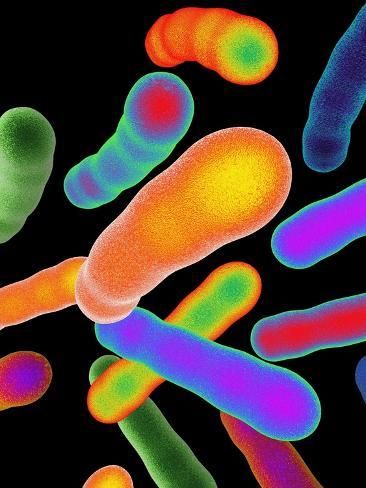Introduction
Anthrax is a serious infectious disease caused by the bacterium Bacillus anthracis. This rod-shaped bacterium is found naturally in soil and commonly affects domestic and wild animals around the world. Anthrax can be found on all continents, but the most affected areas are agricultural regions of Central and South America, sub-Saharan Africa, Central and Southwest Asia, Southern and Eastern Europe, and the Caribbean.

Anthrax bacteria produce spores that can survive in harsh conditions for many years. People can get sick with anthrax if they come into contact with infected animals or contaminated animal products. Anthrax is not contagious from person to person. Anthrax is a rare disease but it can be fatal.
Types of Anthrax
There are four main types of anthrax, depending on how the disease is contracted:
- Cutaneous anthrax: The most common form of anthrax, occurs when the bacterium enters a cut or abrasion on the skin.
- Inhalation anthrax: The most deadly form of anthrax, results from inhaling anthrax spores.
- Gastrointestinal anthrax: This form of anthrax is caused by eating contaminated meat.
- Injection anthrax: This rare form of anthrax is associated with injecting heroin.
Symptoms of Anthrax
Anthrax symptoms vary depending on the type of infection.
- Cutaneous anthrax usually causes a painless sore that develops into a blister, then a skin ulcer with a black center. Swollen lymph nodes and fever may also occur.
- Inhalation anthrax symptoms may include fever, chills, cough, shortness of breath, chest pain, and confusion.
- Gastrointestinal anthrax symptoms include nausea, vomiting, diarrhea, abdominal pain, and bloody diarrhea.
- Injection anthrax can cause fever, chills, and a group of small bumps or blisters at the injection site.
Causes of Anthrax
Anthrax is caused by contact with spores of the bacterium Bacillus anthracis. People can get anthrax by:
- Contact with infected animals: Anthrax is most common in livestock such as cattle, sheep, goats, and camels. Humans can get anthrax by handling infected animals or their products, such as wool, hides, and meat.
- Consuming contaminated meat: Eating meat from an animal that was infected with anthrax can cause gastrointestinal anthrax.
- Inhaling anthrax spores: Anthrax spores can be released into the air and inhaled. This can occur naturally or as a result of bioterrorism.
- Injecting heroin: Anthrax can be spread through the use of contaminated needles.
Treatment for Anthrax
Anthrax is a serious illness that can be fatal if left untreated. Treatment for anthrax usually involves antibiotics, such as penicillin, doxycycline, or ciprofloxacin. The type of antibiotic and the length of treatment will depend on the type of anthrax and the severity of the illness. Early diagnosis and treatment are essential for the best outcome.
If you think you may have been exposed to anthrax, it is important to see a doctor immediately. Early treatment can greatly improve the chances of a full recovery.

.jpg)